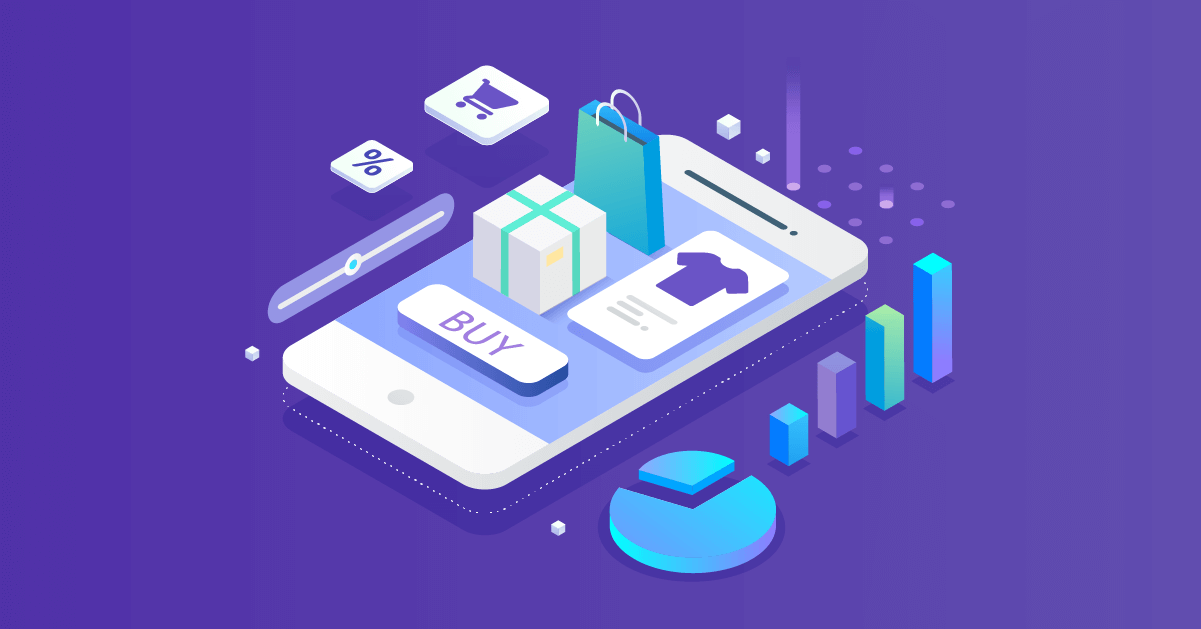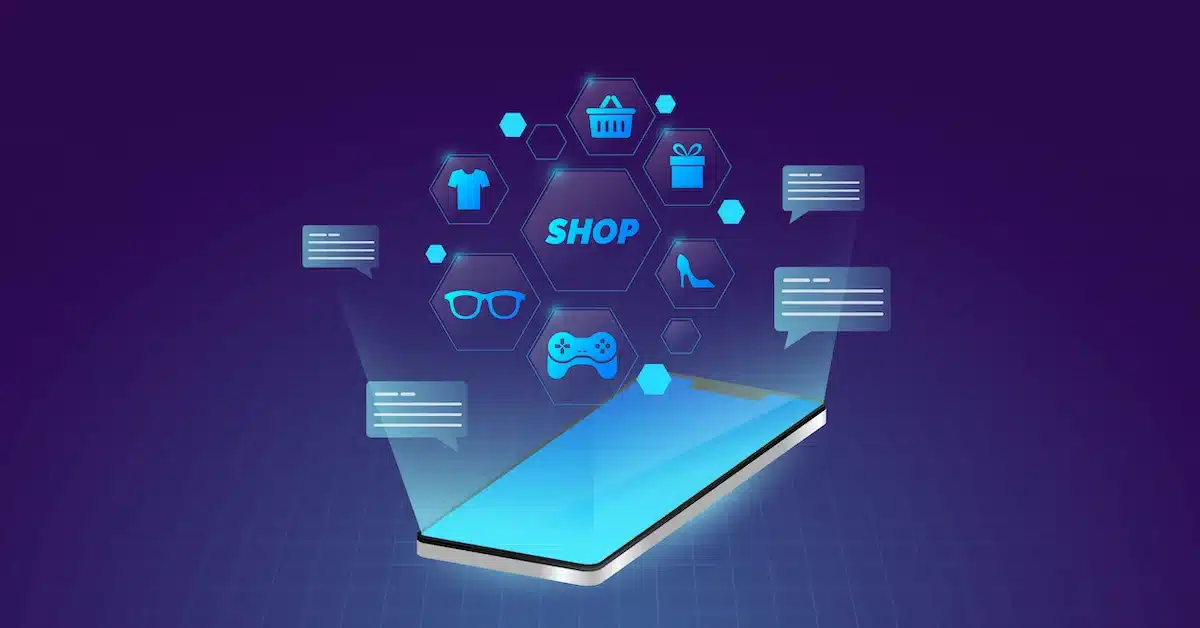Are you having trouble improving conversion rates and connecting customer insights from different touchpoints? A Customer Data Platform helps you understand your audience in a granular way and enables you to craft better campaigns and product offers.
Understanding customers always required brands to look at their audience through different lenses – whether through other marketing channels, relationship platforms, or customer segments. On the verge of Big Data culture, however, just having a fragmented view of your audience is not enough anymore.
What drives sales is the ability brands have to deliver a cohesive customer experience (CX) across different channels, which is only possible by fully understanding channel correlations and cause and effect connectors along the audience’s touchpoints.
These days, people interact with brands more often than ever before, and so making sense of different interactions is a lot more complicated than it once was.
Recent research by Ascend2 and Research Partners consulted more than a thousand marketers and found that 43% see data integration across different platforms as one of their main goals. In contrast, 37% wish to enrich data quality and completeness.
No wonder executives are investing more and more in their technology stacks: one-third of industry professionals believe it’s essential to have the right technologies for data collection and analysis, according to a study by Digital Doughnut. Currently, 44% of marketers say they already have data management platforms.
But amongst all data platforms available, the Customer Data Platform is undoubtedly the best you can have if your goal is to understand your audience better and drive more sales. We’ll show you why!
#Subscribe and stay on top of the news on our blog
What is CDP? And how does it work?
A Customer Data Platform (CDP) is a software that unifies customer data from different data systems and customer-facing platforms. It combines customer’s demographic data, buying history, social media and content preferences, call centers, and customer navigation data.
Once implemented, the CDP acts as a 360º data solution: it collects, filters integrates, and analyzes customers’ data in real-time.
CDPs can ingest structured and unstructured data from Customer Relationship Management Systems (CRM), Data Management Platform (DMPs), customer support channels, eCommerce websites and apps, payment systems, social media, etc. They also track behavior across different devices.
By acting as a hub for many data sources, the Customer Data Platform allows marketers to build a holistic view of single customers and their pain points.
But how exactly do they organize so much data? Well, CDPs rely mostly on first-party data so they can determine the so-called Unified Customer Profiles, which are profiles based on information from real customers and prospects.
That makes the data match consistent across different platforms, and hence the audience insights end up being much more reliable for marketers.
Check out some practical examples of data collected by customer data platforms:
- Transactional data: order details, customer and product value, renewal dates, abandoned baskets, stage in the conversion funnel
- Behavioral data from web and mobile: Products and categories browsed, clicks, store visits, interaction data, number of pages visited, etc
- Profile data: Contact and opt-in data, psychographic data, details about channel and content preferences, lifestyle, etc
- Brand Relationship Data: Email interactions with customer support, social listening insights, social media comments, etc
The end-to-end role of a Customer Data Platform (CDP)
In today’s competitive landscape, marketing executives are expected to keep track of all customer interactions and connect marketing efforts to other departments, such as sales and customer success, to provide customers with a satisfactory customer experience (CX).
The rush for data management optimization is seen clearly by the CDP industry’s growth in recent years. According to the Customer Data Platform Institute, the number of CDPs available in the market doubled from 2017 to 2018. Now, there are more than 50 CDPs in the industry worldwide.
The truth is that CDP can be an asset for every department within a company, working as an end-to-end solution to enrich customer experience. We’ll soon explore how brands can use CDPs to drive sales, but first, let’s explore CDPs’ overall benefits for companies.
Breaking Data Silos
CDPs integrate data from multiple departments, which encourages different teams to collaborate and speeds operational routines. With a CDP, marketing, sales, customer experience, and support teams can be on the same page regarding customers’ needs.
Automating marketing workflow
Because they automate a lot of the data integration and analysis, CDPs make the lives of marketing professionals a lot easier, freeing them from repetitive work and allowing them to spend more time in strategic planning.
Speeding up decision-making
As data processing happens in real-time in the CDP, it also makes it possible for companies to easily spot changes in customer behavior and act upon them while quickly sharing relevant insights with different teams.
The power of CDPs in driving sales
As we pointed out, CDPs are an excellent liaison point for different departments and can be at the heart of customer experience management. But to what extent can CDPs contribute to final sales?
There are many ways CDPs can directly or indirectly improve conversion rates, drive customer loyalty, and decrease churn and bounce rates. In fact, a report from Forbes Insights highlighted that 44% of organization leaders believe the Customer Data Platform is helping them drive customer loyalty and increase ROI.
We have made a list of 11 ways CDPs can help you drive sales while also better understanding your customer base.
1) Know your customers across multiple devices or channels
The mandatory philosophy among marketers is that they should reach their customers on the right channel, at the right moment, and with the right messages and products. To do that, they need to let go of assumptions and understand exactly how users interact with them across different channels and devices.
With all such information concentrated in the CDP, marketers can tailor better experiences and advertising segmentation across devices, increasing campaign success chances
2) Accurately track shopping events
A CDP is a great tool for retailers and eCommerce as it tracks customers’ buying behaviors and relevant transactional data in significant volume. CDPs allow them to keep a consistent record of the products customers added to the cart, the duration of checkout and order completion, abandoned carts, and other information that is crucial for online operations.
3) Improve pricing
Collecting data from many sources – from your eCommerce website, app, or even physical stores – CDPs help you clarify how much customers are spending and how much they are willing to pay for your products according to their stage in the customer journey, search, and navigation patterns.
CDPs can also be connected to your supply chain systems to help you adjust costs and manage the relationship with suppliers, which are aspects that often impact pricing. With such information updated in real-time, you can be more assertive in your pricing strategy.
4) Offer personalized discounts and product recommendations
Having a holistic customer profile at hand also allows brands to offer clients personalized discounts and product recommendations that ultimately can turn them into loyal customers.
A study by Salesforce shows that 57% of customers are willing to share their data to exchange personalized offers or discounts. In comparison, 52% will share their data in exchange for product recommendations that meet their needs.
While knowing customers in detail, companies’ teams can offer precisely what users need to advance in the sales funnel – whether it is a discount, a free trial, reviews from peers, or a personal approach from the support team.
5) Connect physical and digital shopping experiences
For retailers that also operate offline, a CDP can connect insights from online and offline systems, which is often a challenge for companies looking forward to addressing omnichannel experiences. A survey from the CMO Council found only 7% of respondents said they are always able to deliver real-time, data-driven experiences across physical and digital touchpoints.
With a CDP, brands can offer better customer experience from the website to the physical store – and vice-versa – increasing sales opportunities.
6) Be quick to react to customers interactions
Being quick to answer customer’s signals is also crucial for both customer acquisition and retention strategies. Still, many marketers struggle with the amount of real-time insights they can access and act upon.
Research published by MediaPost, commissioned by technology consultancy Vanson Bourne, shows that only a minority of marketers feel they can immediately react to online customer interactions. According to the study, only 43% act quickly over customer behavior in the pre-purchase stage, 38% during purchase, and just 35% in the post-purchase phase.
By providing CRM, sales, and marketing teams with a continuous data stream, CDPs can make customer data more actionable. Isn’t that the point of having so much customer data?
7) Prevent churn and cart abandonment
Retail managers and online marketers are often investigating why customers abandon carts or churn after a few purchases. A CDP can give you deep insights into what stands in the way between your customers and the checkout.
It helps you spot gaps throughout the entire customer journey (and not just in specific channels) that might be leading customers to give up purchases. Are there problems with website usability? Is your customer support too slow?
By figuring out what is wrong, your team can work on fixing these gaps and segmenting churn prevention campaigns to attract customers back.
8) Optimize Customer Acquisition Costs (CAC) and Conversion Rates
The McKinsey Global Institute estimates that data-driven organizations are 23 times more likely to acquire customers, six times as likely to retain customers, and 19 times as likely to be profitable.
With the Customer Data Platform’s assertiveness, companies can better streamline marketing segmentation and customer success efforts, thus optimizing results related to Conversion Rates (CR), Customer Acquisition Costs (CAC), and Customer Lifetime Value.
9) Qualify your leads
One of the best aspects of CDP for sales is that it allows you to qualify your leads better and nurture the relationship with customers across their entire lifecycle. Not only it supports marketers in optimizing strategies to attract qualified customers; it also gives you the necessary information to engage with customers who are ready to buy.
A study by Forbes shows, for instance, that 53% of marketing executives are using CDPs to engage with existing customers’ needs, increasing the likelihood that they will become recurring clients and the chances of upselling them.
10) Enhance predictive marketing
Predicting customer behavior and preferences are what helps giant retailers like Amazon to drive sales. This marketing technique, which determines the probability of success of different marketing strategies, is essentially fueled by high volumes of customer data, which only a CDP could support.
Armed with a CDP, data scientists and marketing analysts can gather data from several sources and apply predictive models with a great accuracy level.
11) Improve attribution models
With so many touchpoints with the audience, it is often difficult for companies to determine accurate attribution models and discover which channels drive more sales. According to Google, almost 80% of all transaction value involves at least two marketing channel interactions – a number that can be much higher depending on your business’s complexity.
The Customer Data Platform can optimize the attribution framework since marketers can send attribution data to the CDP and have a more accurate view of campaign performance.
#Subscribe and stay on top of the news on our blog
Why CDPs are more complete than other data management platforms
So you have learned the many benefits that CDPs can bring to the table. Many leaders still ask themselves if they should ditch their existing data management tools for a CDP. What has to be clear for marketers and sales managers is that different data platforms don’t need to exclude each other.
A Customer Data Platform can potentialize the outcomes of Customer Relationship Management (CRM) software and Data Management Platforms (DMPs).
In a survey by The Relevancy Group conducted in 2018 with US executive marketers, about 6 in 10 respondents said they were integrating CRM data into their CDP.
From a digital advertising perspective, CDPs can make the work of Data Management Platforms a lot more precise as well – with at least 29% of marketers feeding CDPs with digital advertising response data.
Although CDPs, DMPs, and CRM systems share some similarities, they all have different purposes within a company, with CDP serving as a primary data hub to make your teams more confident in responding to customers’ needs.
Want to become an expert in CDP?
If you plan to purchase a CDP for your company, the next step is to check out the platforms available in the market and consider which one is the best fit for your business goals.
If you feel like it is time to learn more about CDPs, we invite you to download our eBook Customer Data Platform: the future of marketing and sales.
The eBook will give you details about CDPs’ features, how they work, and how they can be incorporated into your marketing and sales strategies. We hope you enjoy it!



